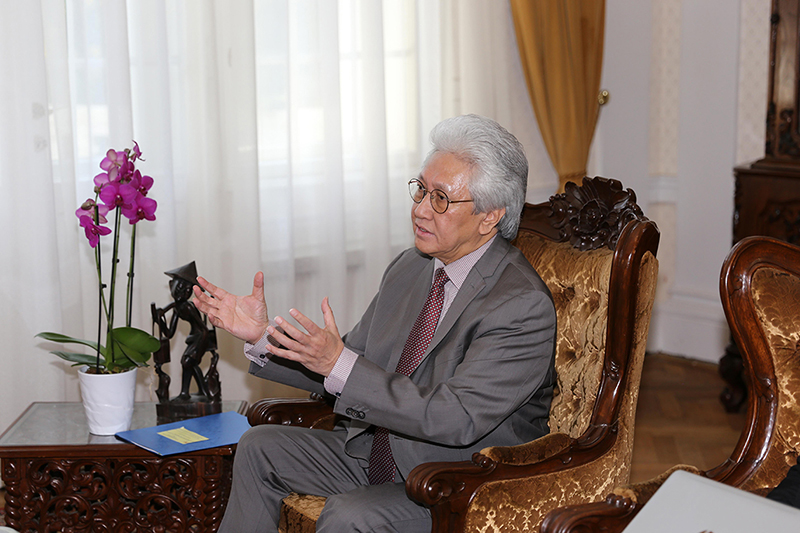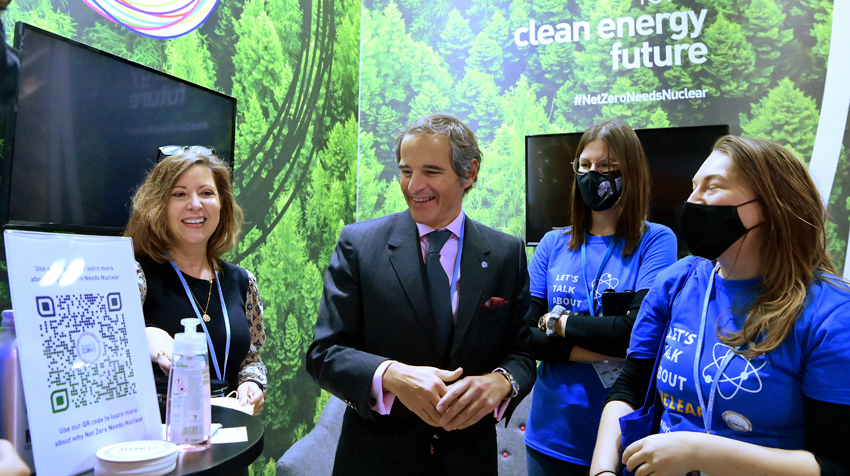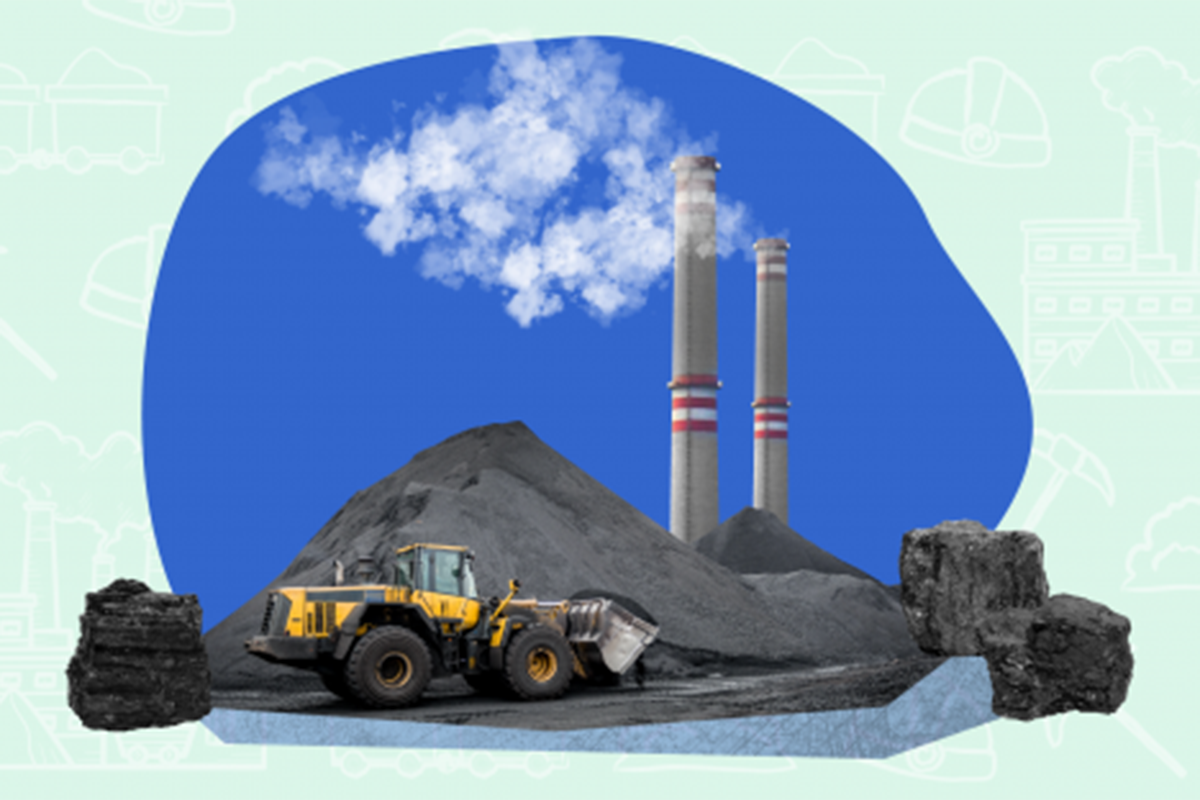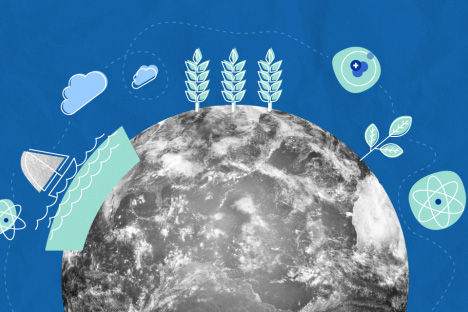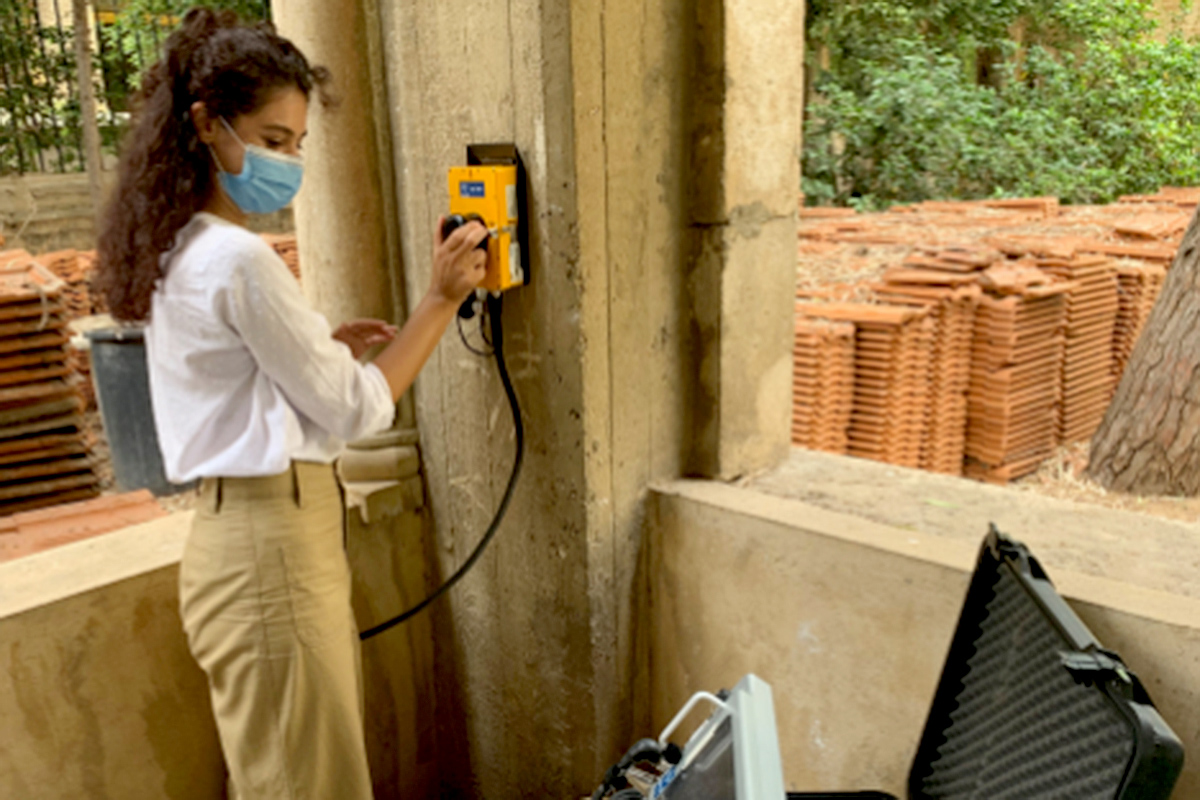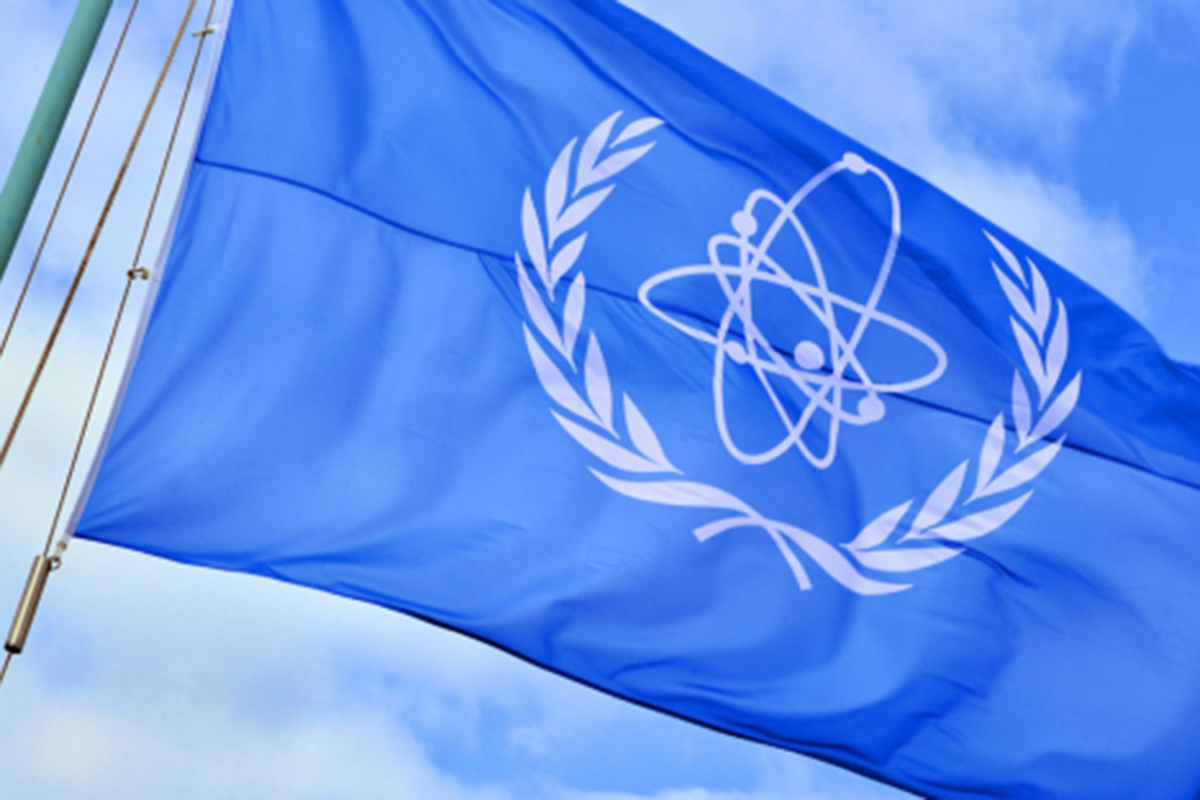Darmansjah Djumala, Indonesia’s Ambassador in Vienna, talks about Indonesia’s roles as both a recipient and a donor of the Peaceful Uses Initiative of the IAEA.
IAEA
“How obscene it would be for a country…that still has poverty, that still has all these problems, to spend billions in nuclear weapons. What for?”
IAEA Director General Rafael Mariano Grossi has specialized in non-proliferation and disarmament issues for more than 35 years – ever since he began his career as a diplomat in his native Argentina, when the country's then military dictatorship announced that it had mastered uranium enrichment. Rafael shares how a meeting in his twenties with atomic bomb survivors from Hiroshima profoundly changed his perspective. He also explains benefits of nuclear technology as he prepares to launch Rays of Hope, an initiative to scale cancer treatment for women across Africa.
Nuclear can be utilized to decarbonize non-electric applications. The IAEA supports and facilitates the development of new and emerging non-electric applications of nuclear technologies.
Ever since nuclear fusion was understood in the 1930s, scientists have been on a quest to recreate and harness it. The IAEA has been at the core of international fusion research.
While coal played a major role in the development of the modern world, it is also the primary reason behind climate change: coal burning is responsible for more than 40 per cent of global carbon emissions and more than 75 per cent of emissions from electricity generation. The clean energy transition means shifting energy production away from sources that release a lot of greenhouse gases to those that release little to no greenhouse gases. The IAEA fosters sustainable nuclear energy development by producing publications, facilitating technical cooperation, and coordinating research.
Nuclear technology and applications contribute to tackling climate change. As the only world forum in the nuclear field, the IAEA continues to contribute to an informed debate on the benefits of nuclear power and applications in the many international events, including COP26, where political leaders, industry, scientists and civil society will discuss the way forward.
Nuclear and isotopic techniques can help us to better understand the world we live in. The data IAEA gathers with these techniques can lead to improved, science-based policy making, including in relation to climate change. We can study both land and water systems using various nuclear techniques to evaluate the effects of climate change on the environment. The IAEA uses nuclear science and technology to help countries monitor, mitigate and adapt to climate change. It gives guidance on how to preserve and restore the environment.
The obvious lesson from the pandemic is the lack of global preparedness. The IAEA dedicated its Scientific Forum to investigate how nuclear science can further help the world to prepare for future zoonotic outbreaks.
An IAEA team of experts in Lebanon helps examine the integrity of buildings impacted in last year’s port explosion in Beirut. The team is training nationals in conducting non-destructive testing.
Particle accelerators have many applications in medicine, industry and research. These machines accelerate charged particles, such as electrons and protons, to high speeds, sometimes even close to the speed of light.
Zoonotic diseases are infectious diseases that are transmitted from animals to humans, like COVID-19, bird flu, malaria or Ebola. Nuclear-derived techniques can be used to track pathogens as they move from animals to humans to help the world respond better to any future outbreaks.
Scientists in Sri Lanka, through the IAEA’s technical cooperation programme, are now looking to a nuclear technique to enhancing tea plant productivity through increased genetic diversity.
Due to Imposed travel restrictions due to the pandemic, a new set of guidelines provide nuclear power plant operators an additional support tool until IAEA missions can resume.
As the largest ecosystem on the planet, the world’s ocean is a pillar of climate regulation and a powerful source of solutions to the changing climate. IAEA scientists use nuclear and nuclear derived techniques to understand the processes and mechanisms that control the oceans and propose strategies to protect people and the marine environment from the impacts of climate change, pollution, habitat destruction and biodiversity loss.
IAEA reaches agreement with Iran to extend by one month the necessary verification and monitoring activities carried out by the Agency in the country ensuring continuity of knowledge.

